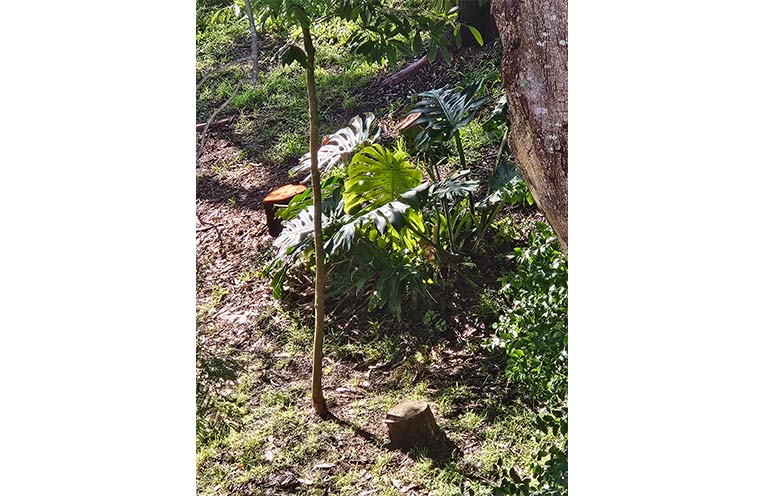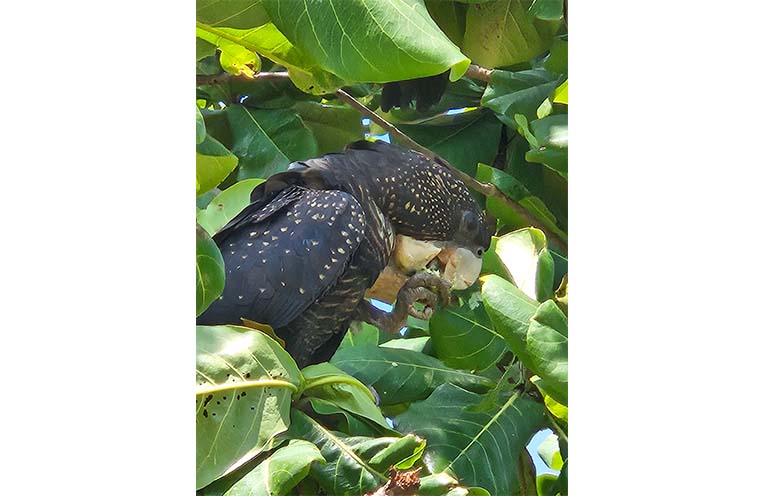
FOLLOWING the documented removal of multiple trees from private properties in Port Stephens in recent weeks, and subsequent community outcry, Council has provided some clarification on the rules.
Brock Lamont, Strategy and Environment Section Manager at Port Stephens Council told News Of The Area, “Residents living in a non-rural area may be able to remove a tree located on private property that they own without a Council issued permit.
 Advertise with News of The Area today.
Advertise with News of The Area today.It’s worth it for your business.
Message us.
Phone us – (02) 4981 8882.
Email us – media@newsofthearea.com.au
“There are six exemptions under the Port Stephens Council Development Control Plan that allow for a tree to be removed without first obtaining a Council issued permit.”
These exemptions include if a tree is in ‘danger of immediate failure’, or that the tree is dead or dying, and is not required as the habitat of native animals.
Other exemptions relate to the pruning of trees, and the removal of trees under a certain height.
For full details, visit the ‘Removing Trees without Council Permission’ fact sheet on the Port Stephens Council website.
“If a resident feels that trees are being removed that require Council approval, they are encouraged to contact Council on 4988 0255,” Mr Lamont said.
One group advocating for the protection of trees where possible is EcoNetwork Port Stephens.
“The character of Port Stephens, demonstrated in Council’s logo, is green, blue and yellow, reflecting our wonderful tree canopy, our glistening blue waters and superb sandy beaches,” an EcoNetwork spokesperson said.
“Our green canopy is a critical part of the character and essence of Port Stephens.
“Take a visit to Gan Gan Lookout to appreciate the importance of our green cover, and the critical nature of urban trees.
“EcoNetwork Port Stephens recognises that trees on our property have many benefits, whether providing shade and cooling critical in our warming climate, reducing noise, dust and soil erosion, producing oxygen or acting as carbon sinks, or providing food or shelter for a myriad of wildlife.
“For all these reasons, Council desires us to have trees on our properties, however they recognise there are situations where trees may need to be removed, and a permit system facilitates that process, particularly where it poses a safety or health risk or is too close to a built structure.”
EcoNetwork believes that alternatives to removal should always be considered.
Residents can engage a qualified arborist to assess, and if necessary, remove only the overhanging or potentially dangerous branches with care.
It is important to note that unapproved tree removal, clearing, poisoning or over-pruning is illegal in Port Stephens.
Council considers these acts to be development without consent and can result in significant fines, or even prosecution.
EcoNetwork believes more education around the benefits of tree retention and the promotion of the possible fines may help act as a deterrent to illegal tree removal on properties.
“Each individual tree really does matter often more than people realise.
“It is a stepping stone, shelter or an escape from predators for wildlife, especially birds, moving between larger patches of woodland.”
The local environment group are also advocating for change at a planning level.
“Additionally, when Council planners assess development applications (DAs), they should be encouraged to actively question why trees need to be removed and try and negotiate design changes, something that is best achieved at pre-DA meetings,” they said.
EcoNetwork and the Tomaree Ratepayers and Residents Association have raised tree management issues over several years with Council.
More recently, the new Port Stephens Council Environment Advisory Group has identified Biodiversity and Greening as one of three priority areas of work.
By Marian SAMPSON


